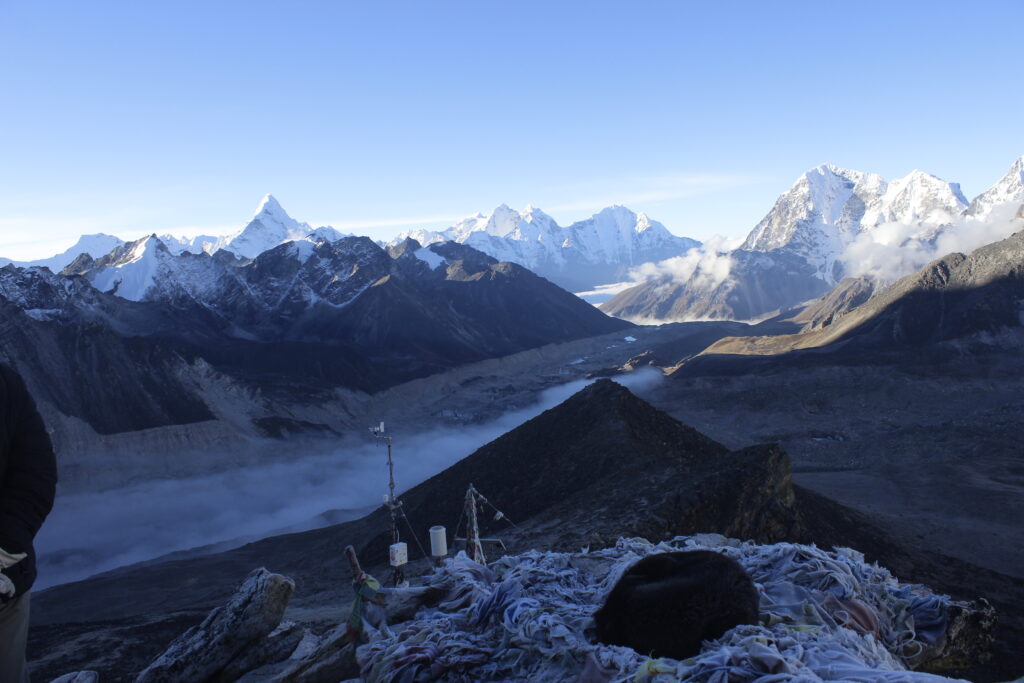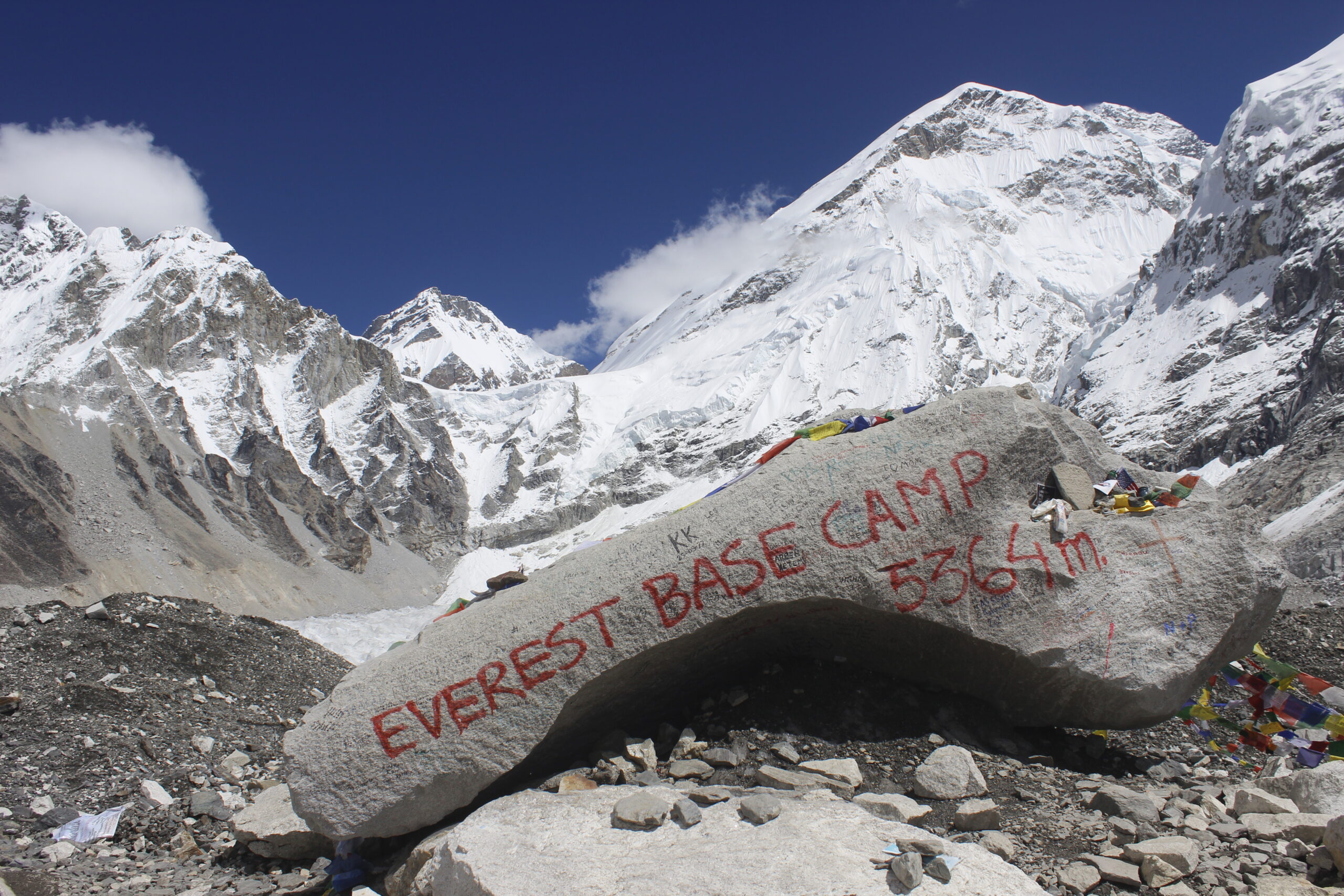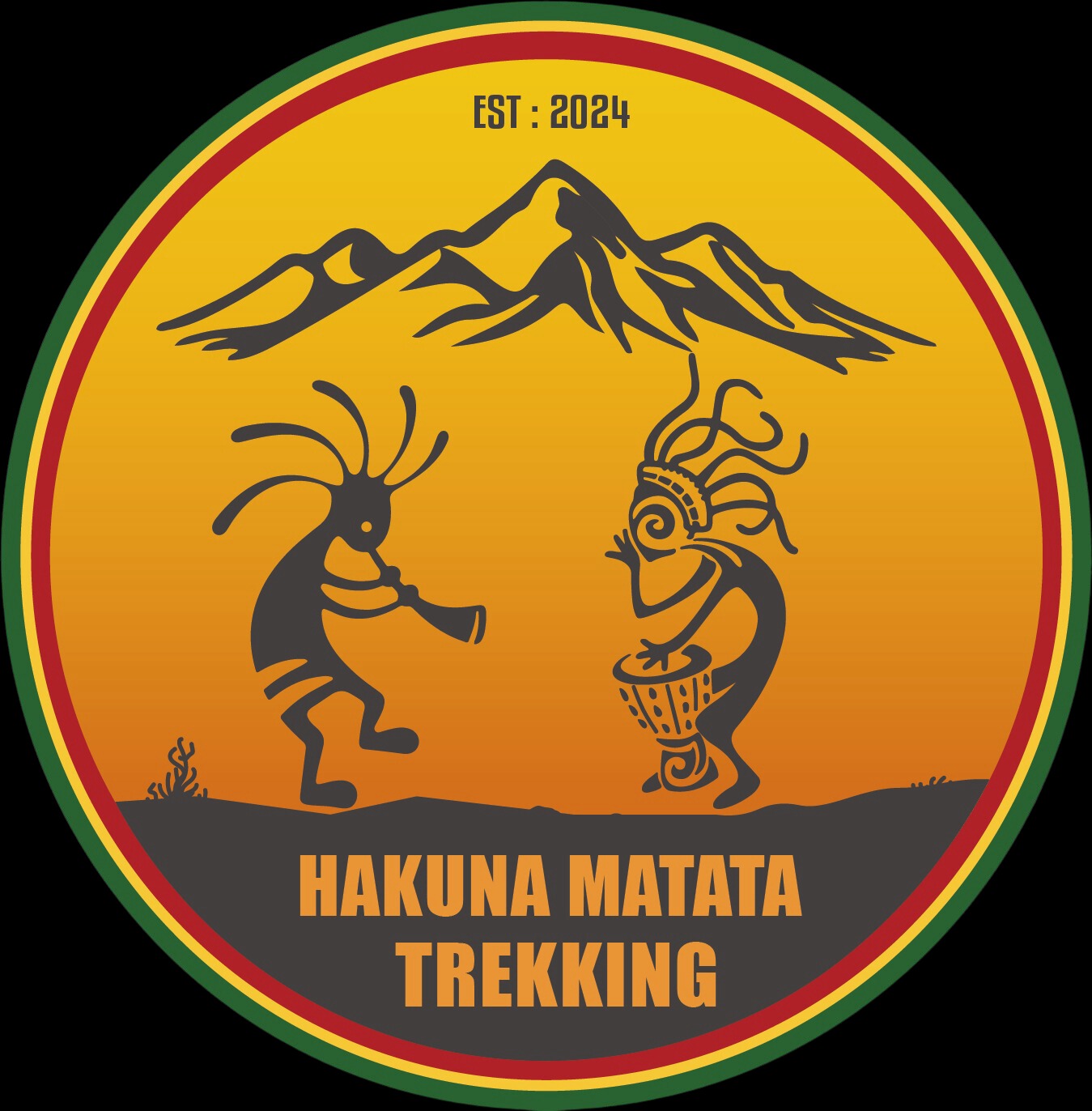
Introduction
Embarking on the Everest Base Camp (EBC) Trek is a dream for adventure enthusiasts worldwide. This iconic journey offers unparalleled views of the Himalayas, a deep dive into Sherpa culture, and the chance to stand at the base of the world’s highest peak, Mount Everest. Whether you’re a seasoned trekker or a first-time adventurer, this guide will help you prepare for one of the most transformative experiences of your life.
Why Choose the Everest Base Camp Trek?
The EBC trek is more than just a hike; it’s a life-changing adventure. Here’s why it’s a must-do:
- Breathtaking Scenery: Witness panoramic views of legendary peaks like Lhotse, Nuptse, and Ama Dablam, along with the majestic Everest. The trail takes you through lush forests, glacial rivers, and high-altitude landscapes that are nothing short of awe-inspiring.
- Cultural Immersion: Engage with the Sherpa community, explore ancient monasteries, and experience the rich traditions of the Khumbu region. The trek offers a unique opportunity to learn about Buddhism, Sherpa hospitality, and their way of life.
- Personal Achievement: Completing the trek is a testament to your endurance and determination, offering a profound sense of accomplishment. Standing at the base of Everest is a moment you’ll cherish forever.
Everest Base Camp Trek Duration and Itinerary
The standard EBC trek spans 12-16 days, ensuring proper acclimatization and a safe ascent. Here’s a detailed itinerary:
- Day 1: Arrive in Kathmandu – Explore Nepal’s vibrant capital.
Your adventure begins in Nepal’s vibrant capital, Kathmandu. Spend the day exploring its rich cultural heritage, visiting landmarks like Swayambhunath (Monkey Temple) and Boudhanath Stupa. Prepare your gear and attend a pre-trek briefing with your guide.
- Day 2: Fly to Lukla (2,860m) trek to Phakding (2,610m).
Take an early morning flight to Lukla (2,860m), a thrilling experience with breathtaking views of the Himalayas. From Lukla, begin your trek to Phakding (2,610m), a short and scenic walk to ease into the journey.
- Day 3: Trek to Namche Bazaar (3,440m).
The trail leads you through pine forests and suspension bridges over the Dudh Koshi River. Arrive at Namche Bazaar (3,440m), the bustling Sherpa capital and a hub for trekkers.
- Day 4: Acclimatization day in Namche Bazaar.
Spend a day acclimatizing in Namche. Hike to the Everest View Hotel for your first glimpse of Everest or explore the local market and Sherpa Culture Museum.
- Day 5: Trek to Tengboche (3,860m).
Continue your journey to Tengboche (3,860m), home to the famous Tengboche Monastery. The trail offers stunning views of Everest, Ama Dablam, and other peaks.
- Day 6: Trek to Dingboche (4,410m).
Descend through rhododendron forests and cross the Imja River to reach Dingboche (4,410m), a picturesque village surrounded by towering mountains.
- Day 7: Acclimatization day in Dingboche.
Take another acclimatization day. Hike to Nagarjun Hill for panoramic views or explore the village and interact with locals.
- Day 8: Trek to Lobuche (4,940m).
The trail becomes more challenging as you ascend to Lobuche (4,940m), passing through the memorials of climbers who lost their lives on Everest.
- Day 9: Trek to Gorak Shep (5,170m); visit Everest Base Camp (5,364m).
Trek to Gorak Shep (5,170m), the last settlement before Everest Base Camp. After a short rest, make your way to Everest Base Camp (5,364m), the highlight of your journey.
- Day 10: Hike to Kala Patthar (5,545m) for sunrise views; descend to Pheriche (4,240m).
Wake up early to hike to Kala Patthar (5,545m) for sunrise views of Everest. After soaking in the breathtaking scenery, descend to Pheriche (4,240m).
- Day 11: Trek to Namche Bazaar.
Retrace your steps back to Namche Bazaar, enjoying the familiar landscapes from a new perspective.
- Day 12: Trek to Lukla.
Continue your descent to Lukla, where you’ll celebrate the completion of your trek.
- Day 13: Fly back to Kathmandu.
Take an early morning flight back to Kathmandu. Spend the rest of the day relaxing or exploring the city.
- Day 14: Leisure day in Kathmandu.
Use this day to shop for souvenirs, visit historical sites, or simply unwind after your adventure.
- Day 15: Departure from Kathmandu.
Bid farewell to Nepal as you head to the airport for your flight home.
For those seeking a more extensive adventure, consider the 17-day Gokyo Lakes and Everest Base Camp Trek, which combines stunning landscapes with cultural exploration.
Best Time to Trek to Everest Base Camp
The ideal times for the EBC trek are:
- Pre-Monsoon (Spring): March to May – Enjoy blooming rhododendrons, clear skies, and moderate temperatures. This is the most popular time for trekking.
- Post-Monsoon (Autumn): September to November – Experience stable weather, excellent visibility, and vibrant festivals like Dashain and Tihar
Avoid the monsoon season (June-August) due to heavy rainfall and winter (December-February) because of extreme cold and snow.
Permits and Regulations
To trek to Everest Base Camp, you’ll need the following permits:
- Sagarmatha National Park Entry Permit: Required for access to the national park.
- Khumbu Pasang Lhamu Rural Municipality Permit: Replaces the TIMS card for the Everest region.
These permits can be obtained in Kathmandu or at the park’s entry points. Ensure you carry multiple passport – sized photos and your passport for the application process.
Accommodation and Meals on the EBC Trek
The trail is lined with teahouses, offering basic yet comfortable lodging and meals. While amenities are modest, they provide a warm and welcoming atmosphere.
Accommodation
- Teahouses offer twin-sharing rooms with basic bedding.
- Hot showers and charging facilities may be available for an additional fee.
- Higher altitudes have more basic accommodations, so be prepared for colder nights.
Meals
- Dal Bhat: A hearty dish of lentil soup, rice, and vegetables.
- Momos: Steamed or fried dumplings filled with meat or vegetables.
- Thukpa: A comforting noodle soup, perfect for cold mountain nights.
Essential Tips for a Successful EBC Trek
- Acclimatize Properly: Take rest days to avoid altitude sickness. Ascend slowly and stay hydrated.
- Pack Wisely: Bring layered clothing, a high-quality sleeping bag, sturdy trekking boots, and essential gear like a headlamp and water purification tablets.
- Stay Hydrated: Drink plenty of water and consider using water purification methods.
- Respect Local Customs: Learn about Sherpa traditions and follow mountain etiquette.
- Train in Advance: Build your fitness level with cardio, strength training, and hiking practice.
- Travel Insurance: Ensure your insurance covers high-altitude trekking and emergency evacuation.
- Hire a Guide or Porter: While the trail is well-marked, a guide can enhance your experience with local insights, and a porter can ease your load.
Challenges of the Everest Base Camp Trek
While the EBC trek is achievable for most fit individuals, it’s not without its challenges:
- Altitude Sickness: Proper acclimatization is crucial to avoid symptoms like headaches, nausea, and dizziness.
- Weather Conditions: Temperatures can drop below freezing, and weather can change rapidly.
- Physical Demands: The trek involves long hours of walking, steep ascents, and descents.
- Basic Amenities: Teahouses offer limited facilities, so be prepared for a rustic experience.
Why the Everest Base Camp Trek is Worth It?
The EBC trek is more than just a physical challenge; it’s a journey of self-discovery. From the awe-inspiring landscapes to the warmth of the Sherpa people, every step offers a new perspective. With proper preparation and a spirit of adventure, you’ll create memories that last a lifetime.
Alternative Treks in the Everest Region
If you’re looking for a different experience, consider these treks:
- Gokyo Lakes and Everest Base Camp Trek: A 17-day journey that combines the beauty of the Gokyo Lakes with the iconic EBC trek.
- Three Passes Trek: A challenging route that takes you through three high mountain passes: Kongma La, Cho La, and Renjo La.
- Everest View Trek: A shorter trek ideal for those with limited time, offering stunning views of Everest without reaching base camp.
Final Thoughts
The Everest Base Camp trek is a bucket-list experience that combines natural beauty, cultural richness, and personal achievement. Whether you’re drawn by the allure of Everest or the charm of the Himalayas, this trek promises an unforgettable adventure. With proper preparation and a spirit of adventure, you’ll create memories that last a lifetime.
Ready to Embark on Your Adventure?
The Everest Base Camp trek is a bucket-list experience that combines natural beauty, cultural richness, and personal achievement. Whether you’re drawn by the allure of Everest or the charm of the Himalayas, this trek promises an unforgettable adventure. Start planning today and take the first step toward the roof of the world!



